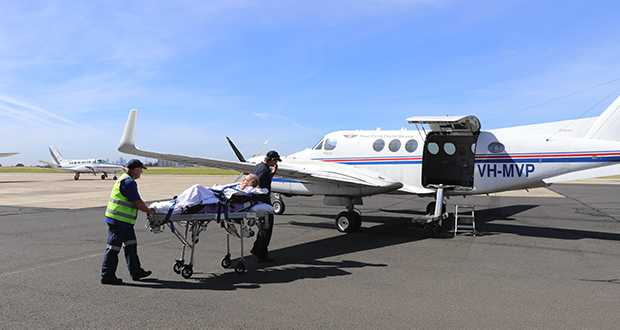The RFDS delivers a unique and vital form of healthcare to the community. As it approaches 90 years of service, we talk to one of its flying nurses.
"How ya going, mate?” or something to that effect, is how I greet Edward Wawszczak over the phone.
“Nervous” is the reply.
I chuckle and remind him that he spends his time at 25,000 feet saving lives, and that he certainly has nothing to be nervous about talking to me. He doesn’t quite seem placated, but we press on. He wants to make sure he represents the Royal Flying Doctor Service well, he says, and I get it.
Wawszczak, from Aspendale Gardens in Victoria, is one of 1400 professionals delivering emergency medical and primary health services across the nation as part of the RFDS, but nursing wasn’t always on the cards for Wawszczak.
“I kind of fell into nursing. I had an ex that was studying nursing, and I thought that would be a good career choice. I left school and had a gap year, and I was wanting to get into engineering.”
However, under some persuasion from his former partner, and the promise of a job that would enable him to explore Australia, Eddie went to university and completed a bachelor of nursing.
He didn’t look back, going on to a bachelor of paramedicine and then a diploma in critical care. And fast forward to now, he is a two-year veteran of flight nursing.
This year marks the 90th anniversary of the first medical flight of the RFDS from Cloncurry, Queensland. Originally called the Australian Inland Mission Aerial Medical Service, the RFDS was the creation of Reverend John Flynn (1880–1951), a Presbyterian minister from Victoria.
From a single rented Qantas aeroplane and 50 flights in the first year, the RFDS now reaches more than 330,000 patients a year, either by road or air.
Nursing Review talked to Wawszczak about nursing in the skies, from flying through monsoonal weather to nervous fliers.
Do you have an idea for a story?Email [email protected]
 Aged Care Insite Australia's number one aged care news source
Aged Care Insite Australia's number one aged care news source


